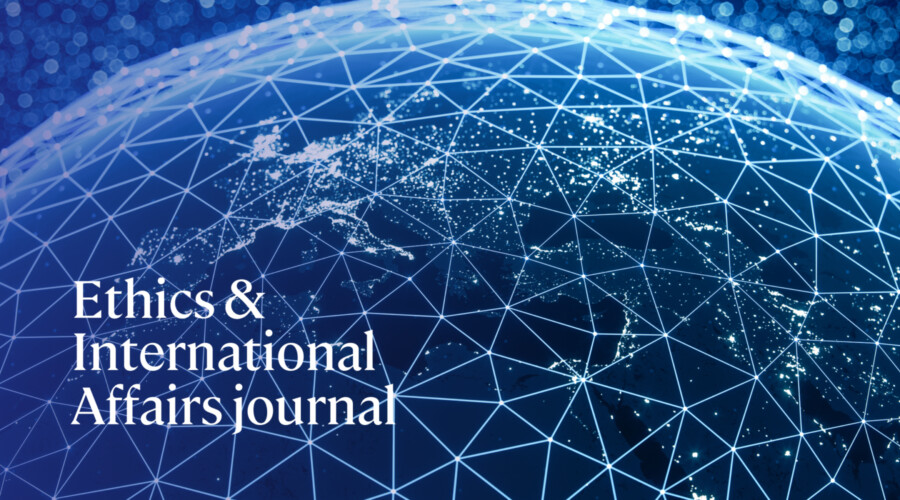The disputes over Paul Wolfowitz's tenure as head of the World Bank and the replacement of Rodrigo de Rato as managing director of the International Monetary Fund pushed those institutions into the headlines and raised difficult questions about their leadership and governance. This scrutiny of the prerogatives of the United States and European Union to choose their successors comes at a time when the very purpose and continued existence of the World Bank and the IMF have been challenged. Asian governments have accumulated sufficient foreign exchange to ride out a currency crisis without the need of an IMF emergency loan. China has become a rival to the World Bank as a lender in Africa, prompting fears of a new debt burden. All these developments make the appearance of Ngaire Woods's The Globalizers: The IMF, the World Bank, and Their Borrowers most timely and welcome. The director of the Global Economic Governance Programme at Oxford, Woods is an insightful and thoughtful authority on the Bretton Woods institutions. In this book she examines their activities and focuses on their engagements with Mexico, Russia, and the sub-Saharan African nations.
Woods sees three forces shaping the actions of the IMF and the World Bank. First, the United States and other Allied victors of World War II established the organizations and continue to dominate them. Their influence is due in part to the institutions' weighted voting scheme, which reflects economic size and provides the United States with the ability to veto organizational changes in the institutions. But Woods cautions against treating the agencies as tools of U.S. foreign policy. U.S. interests are not monolithic, and the IMF and the World Bank have been the target of controversies within the United States as to what that country's position toward the institutions should be. Other nations also have clout, particularly when there are no U.S. interests at stake.
Second, the IMF and the World Bank are also influenced by the people who run them. The professional staff of each organization consists largely of economists, typically with graduate degrees from North American or British universities. Not surprisingly, the policies they prescribe reflect the analytical framework of economics, which provides a systematic understanding of the nature of economic problems and their solutions. Woods writes that the downside of that training is limited knowledge of local circumstances, which may not be congruent with the proposed remedies.
Finally, the institutions are dependent on domestic government partners in countries where they lend money and advocate policies. The stereotype of Washington-based staff members imposing their views on passive governments is misleading and ignores the need of the IMF and the World Bank for sympathetic interlocutors who share their views of what policy measures to implement. The Fund and the Bank form coalitions with sympathetic members of the borrowing governments, which give the latter an advantage over other officials who do not share the international institutions' views.
Woods shows how these three forces played off each other in Mexico, Russia, and sub-Saharan Africa. The Mexican debt crisis of 1982 provided an opening for the organizations to work with young members of the Mexican government to deregulate and open up the economy. These ties grew stronger as the reformers gained influence, until, in 1993, Mexico signed the North American Free Trade Agreement. But Woods argues that this closeness blinded the IMF and the World Bank to weaknesses within the Mexican economy. The 1994-95 financial crisis revealed these vulnerabilities and undercut the support within Mexico for further structural reform.
The IMF and the World Bank faced a very different situation in Russia in the 1990s. The G7 governments entrusted the institutions with transforming the former centrally planned economy to a market-based system. The two agencies had some experience with this problem in Poland, but nothing could prepare them for the magnitude of the challenge they faced in Russia. They had few allies within the Russian government, and the influence of these policy-makers rested on the support of Russian president Boris Yeltsin, who faced continuing challenges to his authority. Woods points out that the ability of the institutions to negotiate change was compromised by public calls by U.S. president Bill Clinton and other Western leaders to maintain or increase lending to the Russian government even though it had not met the conditions on previous loans.
Woods sees the situation in sub-Saharan Africa as proof that there are limits to what the institutions can achieve. The dismal economic record of the 1980s demonstrated that conditionality and structural adjustment did not help those economies grow. The institutions (belatedly) recognized the need for local participation and support for reform measures, or what has come to be called ownership. But ownership implies less control by the IMF and the World Bank, even though they will be held accountable for any failures. Woods writes: ". . . their mission is being rewritten to set goals that are, by definition, more difficult to evaluate and to prove successful" (p. 176).
In her last chapter, Woods proposes six institutional reforms: (1) a rebalancing of the payments made to support the institutions by their members; (2) new voting schemes to give countries with smaller quotas more voice; (3) publications of the transcripts of the two executive boards; (4) reports by executive directors to the national legislatures of the governments that choose them; (5) a more representative leadership selection process; and (6) incentives for staff members to consider the long-term goals and needs of the member countries.
Woods's analysis of the situation is thorough and her proposed reforms constructive. There is a deeper issue that must be faced before the institutions can reorient themselves along the lines she proposes, however, and that is the fundamental question of what their mission is. Both institutions are a product of the rules-based Bretton Woods international monetary system, which included fixed exchange rates and an implicit obligation of governments to control potentially disruptive capital flows. But the rules-based system dissolved in the mid-1970s and was replaced by a "non-system" that allows national governments discretion to determine the degree of control over their exchange rate and capital account regimes. Moreover, private capital markets have become an important source of finance for developing economies. The consequences of these developments for the missions of the IMF and the World Bank have never been adequately addressed.
The IMF engages in bilateral and multilateral monitoring of its members' policies, for example, but there is no agreement on what constitutes acceptable and unacceptable policies. Is China's management of its exchange rate consistent with its obligations to the IMF? Should the American current account deficit be cause for concern? Similarly, the World Bank continues to make loans to countries that have access to private capital markets but still are home to many people in poverty. Should the World Bank now devote all its resources only to the very poorest countries?
There is agreement that these fundamental questions must be addressed, but there is no consensus over the answers. The current growth in the world economy masks differences among governments over global economic governance. But it would take very little—say, a precipitous decline in the value of the dollar or an increase in protectionist policies—to show that there are fault lines among governments over what should be done. Woods's book provides a valuable analysis of the nature of some of the problems and steps that could be undertaken to rectify them.
—JOSEPH P. JOYCE
Wellesley College



